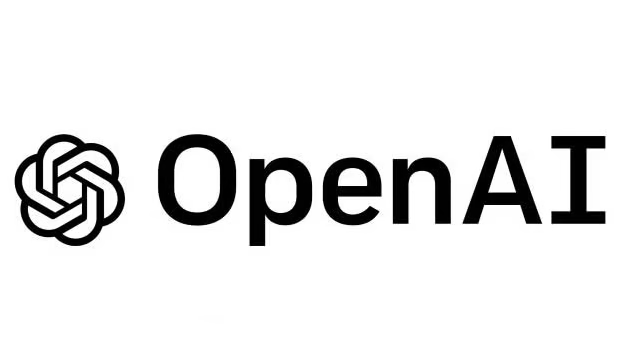In a highly anticipated move that sets the tone for the fall hardware season, Google officially unveiled its latest flagship smartphone series: the Pixel 10, Pixel 10 Pro, and a larger Pixel 10 Pro XL. While the devices feature the expected iterative improvements in camera hardware, display technology, and battery life, the central theme of the launch was unequivocally the profound integration of artificial intelligence into the core user experience. Rather than focusing on radical design changes, Google is leveraging its greatest strength, software, to redefine what a smartphone can proactively do for its user.
The centerpiece of this new AI-first approach is the next-generation Google Tensor G5 chip, the company’s custom-designed silicon. This new processor is built with a significantly more powerful and efficient neural processing unit, enabling a host of on-device AI features that operate without needing constant communication with the cloud. This emphasis on on-device processing not only enhances speed and responsiveness but also addresses growing consumer concerns about data privacy. Google demonstrated how the new chip powers features that feel both intuitive and futuristic, moving the Assistant from a reactive tool to a proactive partner.
A standout feature showcased during the event is the new ‘Photo Coach.’ This AI-powered assistant within the camera app analyzes a scene in real-time to provide gentle, actionable suggestions for improving composition, lighting, and framing. It can recommend switching to portrait mode for a better depth effect or suggest a slight angle adjustment to capture a landmark more effectively. For the average user, this translates into taking more professional-looking photos without needing to understand the technical complexities of photography. It’s a prime example of Google using AI to democratize creativity and make advanced features accessible to everyone.
Beyond the camera, the Google Assistant has received its most significant upgrade in years. The new proactive Assistant can now anticipate user needs based on context. For instance, if a user is heading to the airport, the Assistant will automatically surface the boarding pass, gate information, and real-time traffic updates without being prompted. If a user is on a phone call with a business, the AI can offer to hold the line and notify them when a human representative is available. These quality-of-life improvements are designed to remove minor daily frictions and make interactions with the digital world more seamless.
Google’s strategy with the Pixel 10 lineup is a clear differentiator in a fiercely competitive market. While competitors often lead with hardware specifications like megapixel counts or processing speeds, Google is making a compelling argument that the true measure of a smart device is its intelligence. The company is betting that users will prioritize a phone that understands them and simplifies their lives over one that merely boasts the most impressive raw numbers. This approach leverages Google’s vast ecosystem, integrating deeply with Android 16, Google Photos, Maps, and Calendar to create an experience that is cohesive and contextually aware.
However, this deep integration also presents challenges. Google must navigate the fine line between helpful and intrusive, ensuring that its proactive AI does not feel like an invasion of privacy. The success of the Pixel 10 will ultimately depend on whether consumers embrace this vision of an AI-powered future. If they do, this launch could mark a significant inflection point in the smartphone industry, shifting the focus from hardware prowess to the power of intelligent, helpful, and deeply personal software.
Source: Reuters

